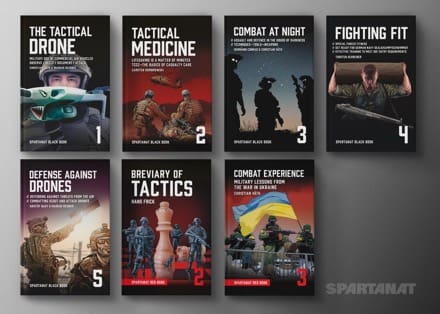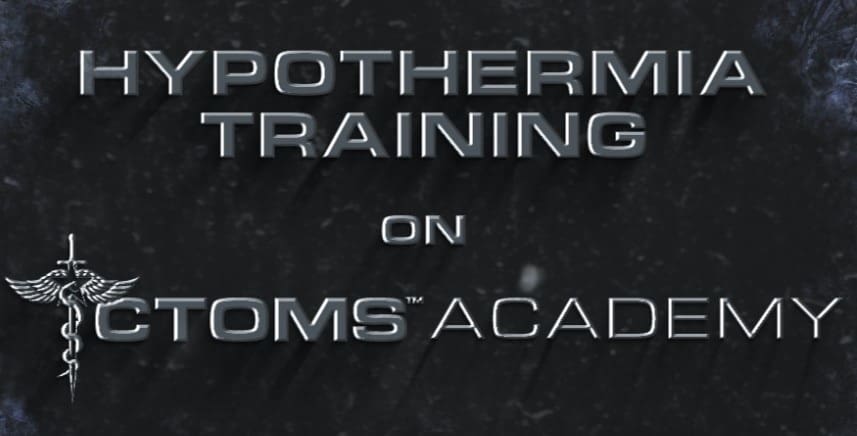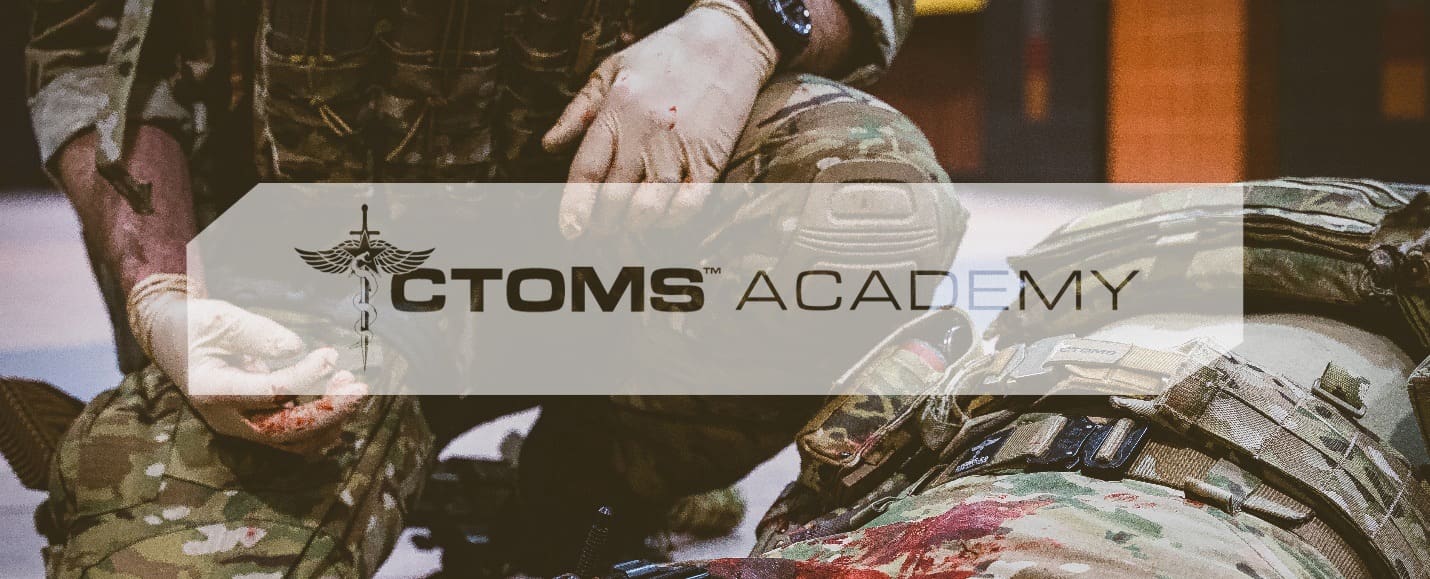
Aerial drones – especially small commercially available drones – have become a unique and ubiquitous challenge on the modern battlefield and pose a major threat to traditional military assets. Such small drones can be used to provide real-time reconnaissance, and/or be rigged with explosives and used as loitering munitions for remote kamikaze attacks.
Such weaponized micro-drones are a relatively new type of weapon, and every military and law enforcement unit needs to learn how to defend against them. “Defense Against Drones” provides the first open-source overview of how to survive and win in the fight against drones.
This book answers the question of what tactical drone defense means, analyzes drone defense tactics and lessons learned from the Russian war against Ukraine, and provides a good foundation for further discussion and analysis.
Topics covered in this volume include the current spectrum of tactical drone defense measures – including protection against micro-drones, the increasing ubiquity of cheap drones as the “Kalashnikovs of the Skies”, experiences from Ukraine, the 10 Commandments of Drone Defense, and an appendix of recommended further reading.
“DEFENSE AGAINST DRONES: Protection Against Threats From The Air” is available now on Amazon.com for $19.99, plus taxes and shipping.
Other books from SPARTANAT:

ABOUT THE AUTHORS OF ‘DEFENSE AGAINST DRONES’:
Kristóf Nagy – a former infantryman in the German Bundeswehr who is now a freelance specialist author covering military topics, including unmanned aerial systems and their defense.
Markus Reisner – a Colonel in the Austrian Bundesheer and head of the Institute for Officer Training at the Theresian Military Academy, particularly focused on the use of unmanned systems.
Christian Väth – a former infantry officer and founder of “Light Infantry International“. Author of Black Book 2, “The Tactical Drone”.
Gustav Freimann – a former Sergeant in the German Bundeswehr who is now serving with the International Legion in Ukraine share his practical experience with drone defense in Ukraine.
ENGLISH TRANSLATION
Lawrence Holsworth – a former infantry Sergeant in the US Army’s 82nd Airborne Division, and an internationally-recognized defense industry marketing professional and tactical gear Blogger.
ABOUT SPARTANAT:
SPARTANAT.com is the leading German-language online magazine covering the tactical market. For over ten years, SPARTANAT has published daily news about militaryforces, conflict zones, weapons, and equipment manufacturers, and more. SPARTANAT also publishes gear reviews several times per week. In Germany, Austria and Switzerland, it is almost obligatory for the tactical community to visit SPARTANAT daily.
SPARTANAT also now has a growing international readership andthe creation of the English editions of their popular book series consolidates this position. For further information contact lawrence@strikeholdconsulting.com.




















































































































